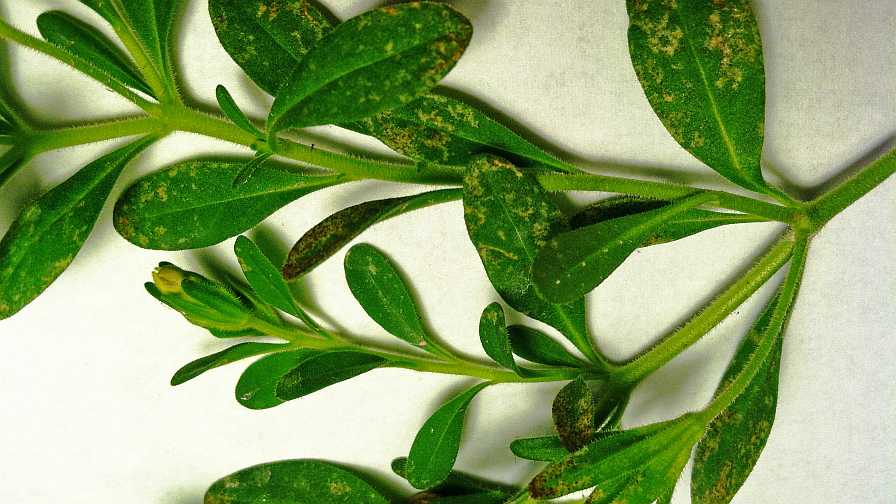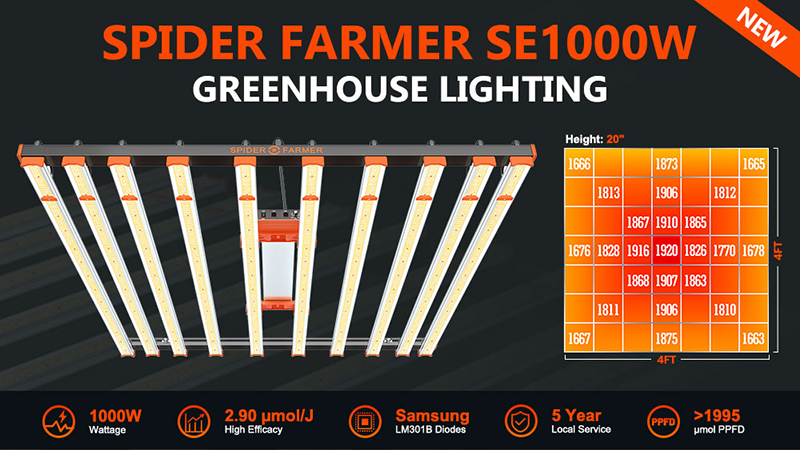Why Summertime Can Bring Out the Worst in Greenhouse Pests

Thrips feeding damage on calibrachoa. Photo: Griffin Greenhouse Supplies
Summer conditions give greenhouse growers the welcome opportunity to shut down the heating system and associated energy expenses for a few months. The warm sunny days and nearly constant ventilation greatly diminishes the risk from many foliar diseases.
The other side of the coin, according to a recent GGSPro Tech Tip from Griffin, is that the long days and elevated temperatures kick many insect and mite pest life cycles into overdrive. Ideal temperatures for thrips reproduction are 80 to 85°F. This shortens the life cycle down to as little as 10 days.
In many parts of the country, this can add to the pest pressure throughout the active growing season. Hot and low humidity weather can bring out the worst in spider mites as well. In the summer, spider mites can increase by 70-fold in 6 days. With this level of reproductive capacity, even a well-designed biocontrol agent program may struggle to keep up.
Here are a few tips:
- Early detection – Scouting can alert us to pest populations before they get out of hand, and can save an operation a lot of time and money.
- Crop selection – If there are crops that historically are troublemakers during summer production at your facility, consider reducing or eliminating them from your summer offerings.
- Consider drench applications – It can be difficult to spray often enough to keep up with runaway pest populations. Drenches as a rule provide longer lasting control than sprays do. They also eliminate the issue of spray coverage on mature plants that can be more difficult to spray with a thick canopy of foliage.
- Watch for imported pests – Many northern growers bring beautiful tropical plants up from the south to add heat loving flowers to their summer line up. Unfortunately, all too often they bring with them thrips, mealybugs, and highly resistant spider mites. Try to identify and utilize those sources that provide consistently clean plants.
- ULV fogging equipment – Ultra-low volume (ULV) Fogging equipment provides thorough treatments and reduced labor when compared to hydraulic spraying.
For more information, including a table of drench options, check out the original GGSPro article here.









